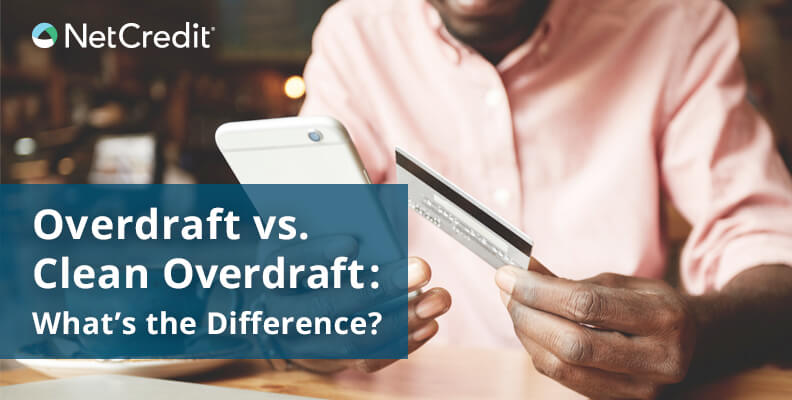Banks and financial institutions often advertise overdraft protection services to help cover costs when your checking account is low. However, overdraft fees will come at a cost. Although specific bank accounts vary, the average overdraft fee amounts to roughly $35 — per transaction.
Instead of letting overdraft fees lead to a cycle of debt, consider alternatives that can help you manage unexpected expenses when funds are low.
1. Build Up Your Emergency Fund
The best way to avoid overdrafts in the future is to work on building up your emergency fund. A well-funded savings account can help you manage unexpected expenses and avoid borrowing money.
If you don’t have an emergency fund, it’s a good idea to open an easily accessible savings account specifically for use when cash flow is low. Read our guide for more help building up your emergency fund.
2. Set Up Account Balance Notifications
Most banks and financial institutions offer features that help you stay on top of your finances while you’re on the go, including balance alert notifications. Contact your bank for more information or for help setting up a low balance alert. If your bank does not offer this feature, make a habit of checking your balance daily or every few days.
3. Link Your Checking Account to a Savings Account
Many financial institutions can automatically transfer money from a savings account in case of an overdraft. Some banks may still charge for this service. However, an automatic transfer to your checking account can help you mitigate costs and manage your money more effectively. Check with your financial institution for more information about automatic transfers in case of overdrafts.
4. Opt Out of Overdraft Protection
Overdraft protection is a feature offered by your bank or financial institution that allows you to make purchases and write checks even when your bank account is low. Although this feature may be convenient, the service is generally not free and typically comes at a premium price for you in the end. If you don’t wish to have or use this feature, you can opt out of overdraft protection through your bank. Contact your bank directly to put an end to overdraft fees and opt out of overdraft protection.
5. Use a Line of Credit
A line of credit is a type of revolving financing that offers a longer repayment period than the typical bank overdraft. Revolving credit allows you to borrow money when you need it up to the credit limit. Instead of paying interest and fees on the full loan principal like you would on a personal loan, you only pay interest and fees for a line of credit on the amount that you actually borrow. Additionally, a line of credit stays open and available to use whenever you need it. This type of financing works great for occasional budget shortfalls, emergency expenses and financial peace of mind.






